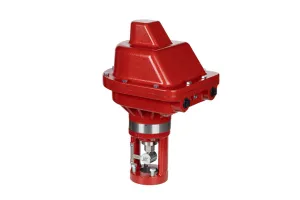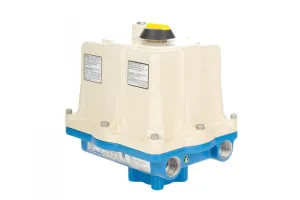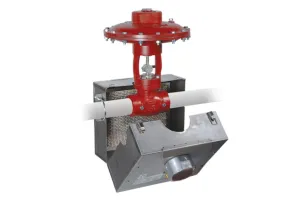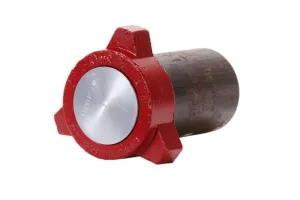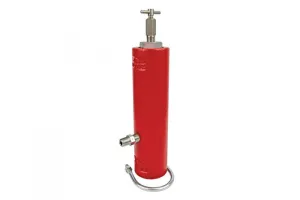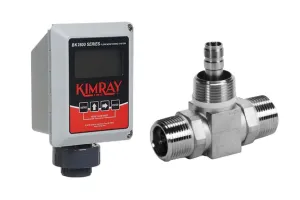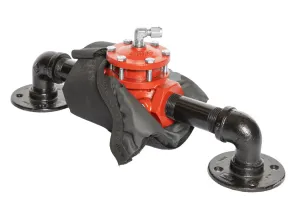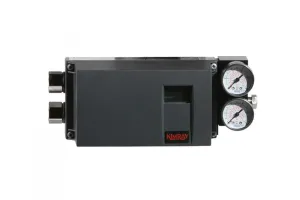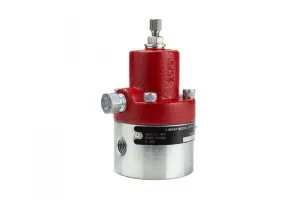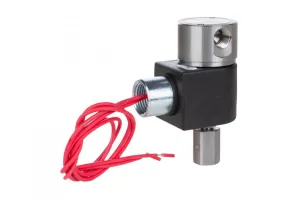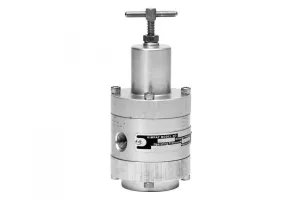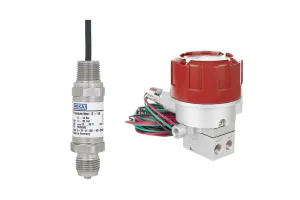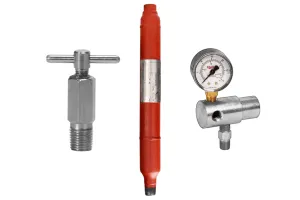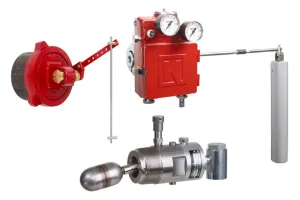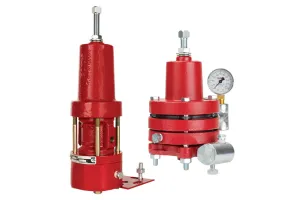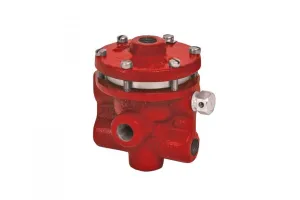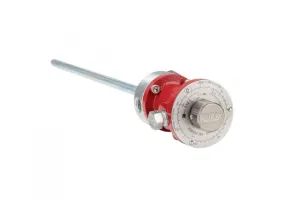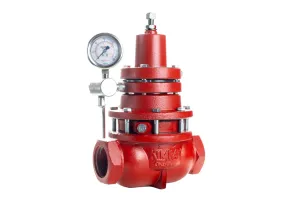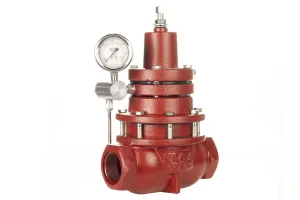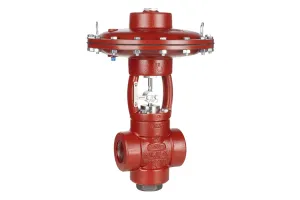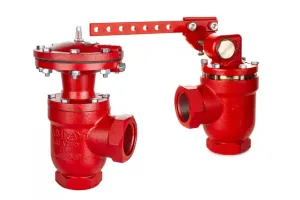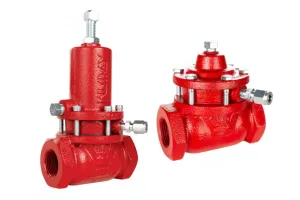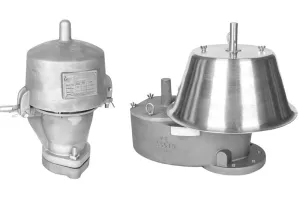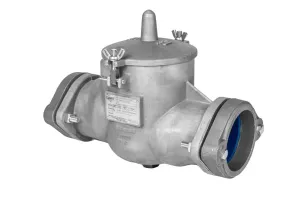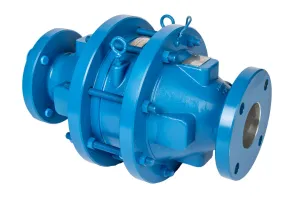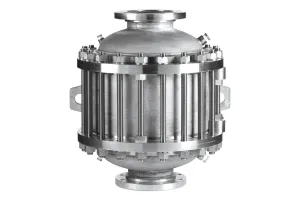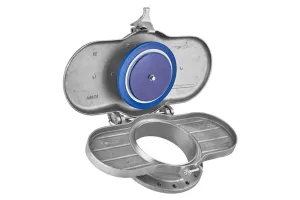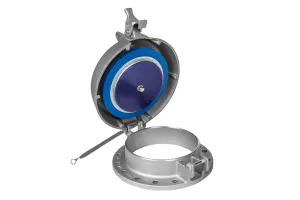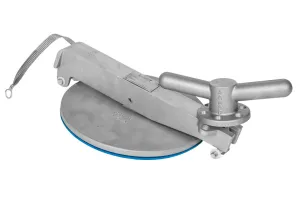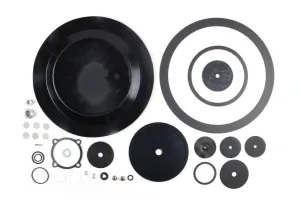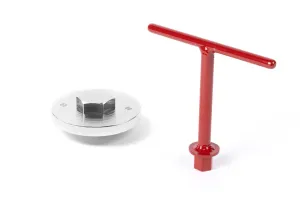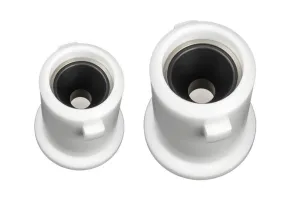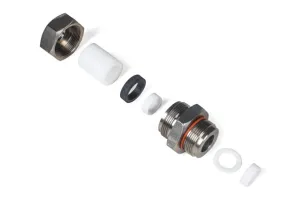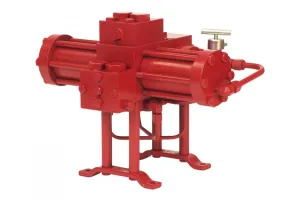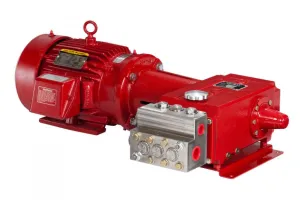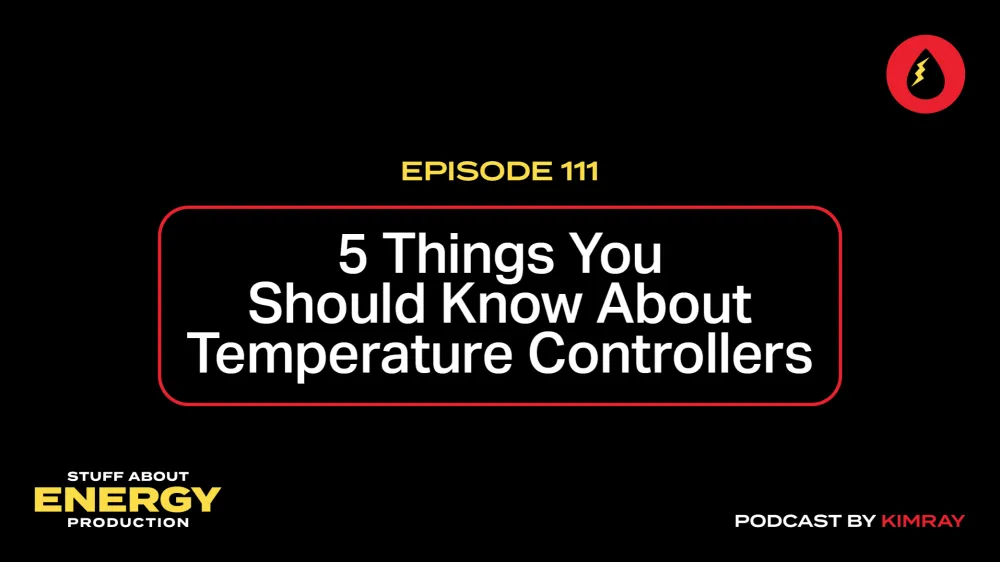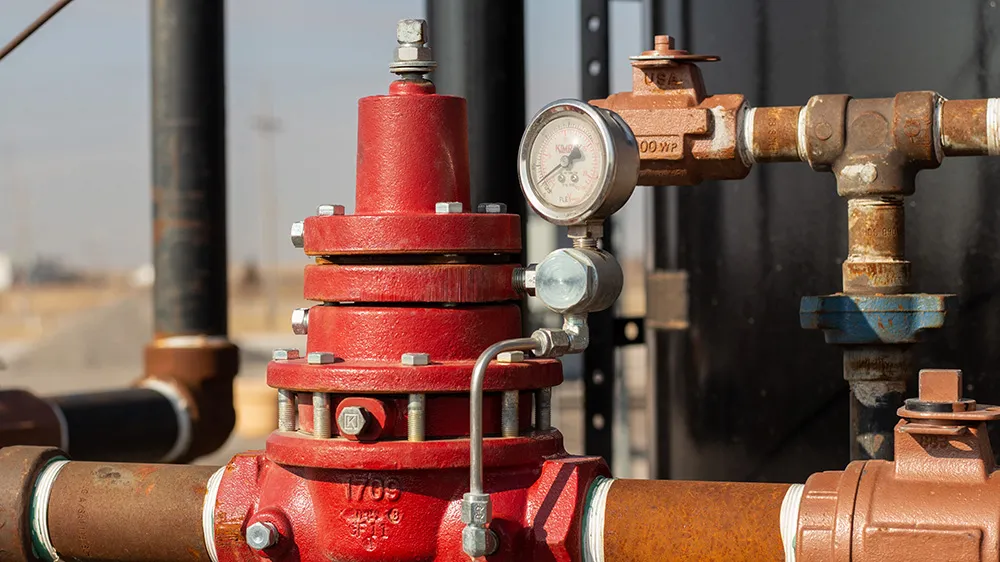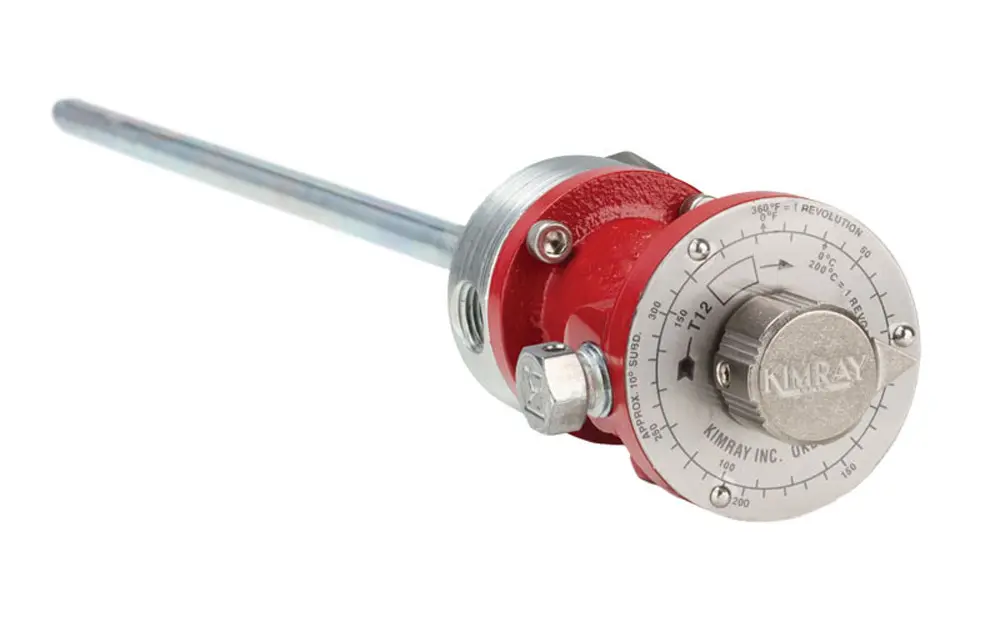
Product Applications
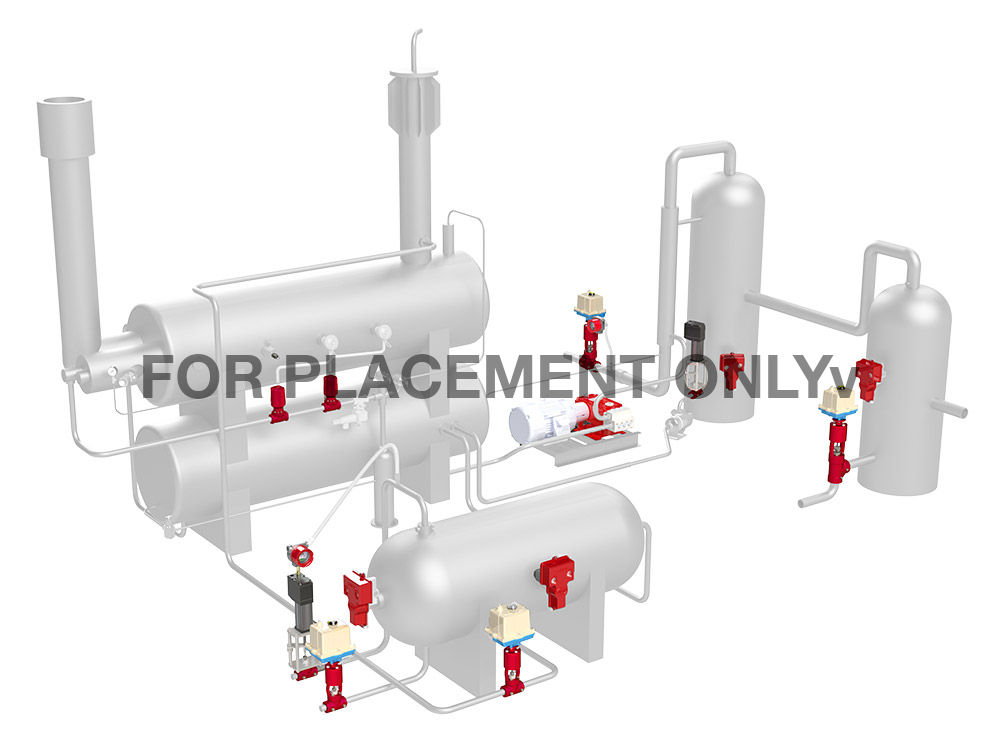
HAA
Build & Save a Quote
We'll get you options, pricing, and anything else you need.

Anything we can do to help?
Talk to a specialist at (405) 525-4264 or fill out a quick product message form.
Tech Specs
| Type | Value |
|---|---|
| Connection Size: | 0.5 " |
| Connection Type: | Male NPT |
| Body Material: | Cast Ductile |
| Process Fluid: | Gas |
| Pilot Type: | Vent |
| Pilot Output: | Direct or Indirect (Field Reversible) |
| Max Working Pressure: | 500 psig |
| Operation: | Pneumatic |
| Catalog Page: | 07:10.1 |
| Min Set Point Temp: | -30 F |
| Max Set Point Temp: | 400 F |
| Weight: | 2.6 lbs |
Product Videos
Compatible Kits and Tools
| Type | Product Code | |
|---|---|---|
| Repair Kit: | RXX | + ADD TO QUOTE |
Downloads & Updates
Documents
Product Updates (View All)
Frequently Asked Questions
The thermostat has a pilot assembly that will route a pneumatic output signal to a downstream device such as a burner valve. The pilot assembly is moved in mechanically in response to the movement of the sensing probe of the thermostat. The sensing probe, which is installed to be inside the vessel, pulls into the vessel as it increases in temperature.
For an indirect acting thermostat, this movement inward towards the vessel will result in the output signal decreasing and venting to atmosphere.
For a direct acting thermostat, this inwards movement into the vessel will result in the output signal being sent to the downstream device.
Standard thermostats and Indirect High Temperature shutdowns are rated up to 400°F. A high temperature version of the thermostat is rated up to 750°F.
Yes. If the supply gas being fed to the temperature controller is meant to actuate downstream devices, this can be compressed air or nitrogen gas.
It is important to take into consideration what the downstream device is when choosing the best supply gas source (i.e. if connected to a Kimray low pressure control valve, it is recommended to use nitrogen gas).
Still have a question? Send us a quick product message to get help from our team.
Quick Links
Kimray has a team of experts that can help you identify the right products to meet your product and emissions goals.
Talk to a specialist Mon - Fri, 7 AM - 5 PM CST at (405) 525-4264.
